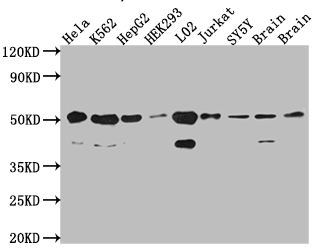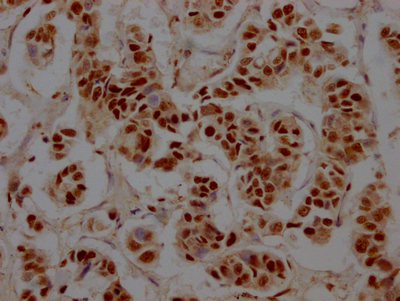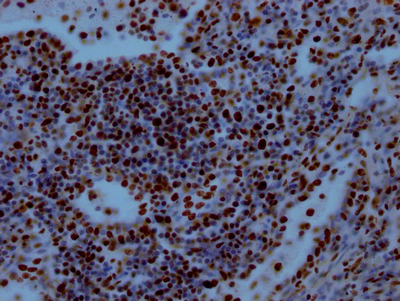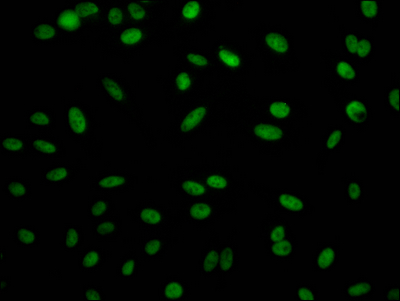The process of producing an RBBP4 recombinant antibody involves four stages: firstly, sequencing the RBBP4 monoclonal antibody gene; secondly, inserting the gene into a plasmid vector; thirdly, introducing the recombinant vector into a host cell line; and fourthly, purifying the RBBP4 recombinant monoclonal antibody from the cell culture supernatant through affinity chromatography. The RBBP4 monoclonal antibody is created from hybridomas that produce RBBP4 antibodies, and a synthesized peptide derived from human RBBP4 is used as the immunogen during the production process. This recombinant RBBP4 monoclonal antibody is recommended for use in ELISA, WB, IHC, and IF applications to detect RBBP4 protein from human, mouse, and rat samples.RBBP4 is involved in epigenetic regulation, cell cycle regulation, DNA repair, and development.
RBBP4 is a component of several chromatin-modifying complexes, including the HDAC complex and the nucleosome remodeling, and the NuRD complex, which play important roles in the regulation of gene expression by modifying chromatin structure. As a key regulator of the G1/S transition of the cell cycle, RBBP4 interacts with the retinoblastoma tumor suppressor protein (RB) to promote cell cycle arrest in response to DNA damage or other stresses. RBBP4 plays a role in DNA double-strand break repair by interacting with the DNA repair protein RAD51. RBBP4 is involved in embryonic development, as knockout studies have shown that it is required for early embryonic development and is involved in the differentiation of various cell types.









